The International Centre for Automotive Technology is playing to its strengths in the automotive domain, to help the industry fastrack recovery.
Story by: Deepti Thore
The International Centre for Automotive Technology (ICAT) is playing to its strengths across automotive design and engineering, research and development, testing and validation services. The objective is to help the stakeholders of the industry with an ecosystem that will aid in fast-tracking recovery from the slump on both the supply side and demand side. Forced to shift its 10-year target and the five-year vision plan by an additional year owing to a tough 2020, ICAT, according to Director Dinesh Tyagi has its task cut out. Averred Tyagi, “Because of the Covid-19 pandemic, this financial year is going to be a bad one for us. So we have to really discount the performance for this year.” “Hopefully, 2021, will look like what 2020 should have ideally looked like in terms of our 10-year target plan and five-year vision plan given that whatever targets we attached for 2020 were failing miserably,” he quipped. In 2021, ICAT will look to recover as it factors an additional year in its future roadmap by starting afresh.
Like in the past, ICAT continues to work ahead of time, and ahead of the mandate of rollouts coming the industry’s way. Assured Tyagi, “When the discussion for BSVI had started, for instance, we began investing in the BSVI related infrastructure. We did this at least three years ahead of the implementation.” He said that within the three years, ICAT helped the industry carry out the fundamental work in its laboratories with many Original Equipment Manufacturers (OEMs) having used the engine test labs in turn for their development purposes. Refuting claims of the ecosystem starting to gear for a BSVII rollout in the same manner next, asserted Tyagi, “There is no talk of BSVII today. Not even a discussion which has started. Once the discussion starts and the directions are given, be rest assured we at ICAT will be quick to align.” On gearing up to validate Real Driving Emissions (RDEs) post the BSVI rollout, he stated, the implementation was in the data collection stage with the help of Portable Emission Measurement Systems (PEMS) validating the deemed vehicle on-road compliance only by 2023.
While the product development lead times, explained Tyagi, are primarily a baby of the OEMs and suppliers, ICAT will continue to back the requirements and needs of the industry in a time-bound manner. He explained, in exceptional cases, it could translate to the creation of a groundup testing infrastructure or a new set up altogether with the desired sense of urgency. ICAT, since July 2020, has resumed 60 per cent of the operations compared to pre-Covid-19 levels, he claimed.
Building muscle
On adding to efficiencies during the lull in business and operations, Tyagi admitted to infrastructure up-gradation being put on the backburner. He stated, “Infrastructural development could not happen as it was not the right time and nobody could really predict what would happen during the pandemic.” “It came down to each and every penny being saved during this time which in turn translated to spends being judiciously monitored.” ICAT, however, utilised the time to train its critical asset – manpower, helping them use the time constructively in gaining new skill sets. Helping to respond to the needs of the OEMs and suppliers, efficiently, the objective is to support the quick go-to-market strategy and commercialisation requirements owing to the festive fervour and the anticipation of a pent-up demand leading to a ‘V-Shaped’ recovery.
ICAT according to Tyagi continues to play to its strengths and experiences over the past many years. Working closely under the aegis of the Ministry of Road, Transport and Highways (MoRTH), ICAT, said Tyagi, is enhancing its capabilities Year-over-Year in a continuous development and evolution process. At ICAT, 60 per cent of the business is a direct outcome of product development related projects. In effect, the certification business is limited to being one-third with 60-65 per cent of the business, an outcome of supporting product development requirements of the OEMs and the tier-component suppliers. In addition, ICAT is also focussed on preparing for the government’s call of a higher degree of localisation. In an ongoing process, it continues to liaise with more than 1000 active clients and gauge the resultant requirements and assistance needed.
In an effort to cut down its logistics cost and time and serve customers better, ICAT, mentioned Tyagi, is meeting most of the track testing requirements through its captive resources at the ICAT Centre II in Manesar, Haryana. About 75 per cent of the needs are met through its own test tracks helping it serve customers better, he confirmed. On helping the industry build an ecosystem to comply with the requirements of electric vehicles and hybrids under the FAME outlay, Tyagi mentioned that ICAT over the last year committed to the transition with an investment of Rs.45 crore earmarked for augmentation of facilities including other auto-electrical laboratories for an additional support system.
At the service level for fuel, lubricants and additives, ICAT, according to Tyagi, is fully equipped with fuel-consumption and engine tear-down analysis included in the domain of emission analysis. “We have done few projects for fleet testing,” he revealed. It has recently launched the Certification with high-security features. A first of its kind initiative taken by any automotive certification agency in India for enhancing the security of the CMVR certificates it includes Type Approval Certificates (TAC) and Conformity of Production (COP) Certificates for vehicles, engines and components. The USPs include high-security paper, printing using the ultraviolet ink, troymark, microprint, pantograph, reverse pantograph, secure code, print code and digitally printed stamp and seal of ICAT.
Resource allocation
Claimed to be working with lean resources like a reduced human resource pool, at ICAT, priority allocation to work in an efficient manner has superseded all strategies. For instance, with a few of the laboratories post-April 2020, BSVI rollout, devoid of work, the additional extra manpower had to be re-allocated to meet new business requirements and restore the balance. Tyagi explained, “The engine development laboratory had a lot of work prior to the BSVI rollout but once BSVI was rolled out, the sudden slump in business meant we had to re-allocate the idle workforce to laboratories with a relatively higher workload.” With the shuffle, ICAT is claimed to have been better positioned to certify many BSVI products at the vehicle and the engine level including hundreds of vehicles, engines and models in a ballpark estimate.
On contracting services due to the sheer scale of operations through the dedicated automotive solutions portal – ASPIRE, the director confirmed that ICAT was taking the requisite help from both the government and the industry including the start-ups under the aegis of Startup India, a government of India initiative. ICAT is also expanding its revenue earning potential by focussing on the non-automotive businesses where it serves aviation, the general lighting industry, general electronics and also in the realm of medical equipment. “We are letting go of no opportunity where we find synergies with our facilities and with what we are doing,” the Director concluded. ACI
ASPIRE platform
 There are six technology platforms created under the Department of Heavy Industry (DHI), out of which two are designated for automotive. One of them is created by ICAT called Automotive Solutions Portal for Industry, Research & Education (ASPIRE) with the other created by Automotive Research Association of India (ARAI). The key objective of the ASPIRE portal is to enhance the technological capability of Indian automotive sector through exchange of knowledge and expertise, in order to promote self-reliance and to facilitate the growth of the automobile sector beside aiding in the overall socio-economic progress of the country. This technology platform is expected to facilitate the automotive industry (including OEMs, Tier 1 Tier 2 and Tier 3 companies), R&D institutions and academia (colleges and universities) to come together for combined R&D, technology development, shop floor or quality and or warranty issue’s resolution, and for expert opinions which include issues involving technology advancements. The e-portal is claimed to act as a one-stop solution.
There are six technology platforms created under the Department of Heavy Industry (DHI), out of which two are designated for automotive. One of them is created by ICAT called Automotive Solutions Portal for Industry, Research & Education (ASPIRE) with the other created by Automotive Research Association of India (ARAI). The key objective of the ASPIRE portal is to enhance the technological capability of Indian automotive sector through exchange of knowledge and expertise, in order to promote self-reliance and to facilitate the growth of the automobile sector beside aiding in the overall socio-economic progress of the country. This technology platform is expected to facilitate the automotive industry (including OEMs, Tier 1 Tier 2 and Tier 3 companies), R&D institutions and academia (colleges and universities) to come together for combined R&D, technology development, shop floor or quality and or warranty issue’s resolution, and for expert opinions which include issues involving technology advancements. The e-portal is claimed to act as a one-stop solution.




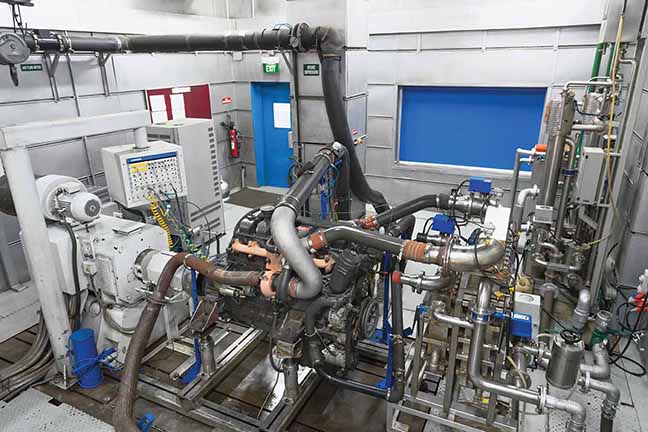

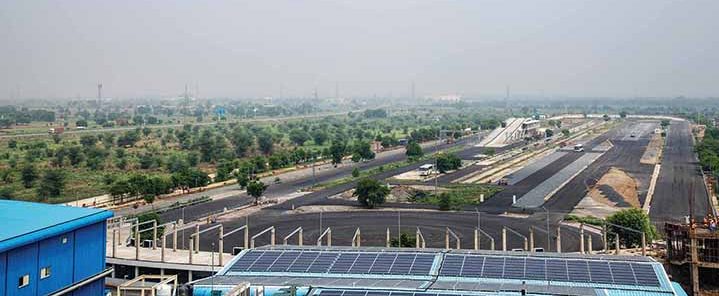
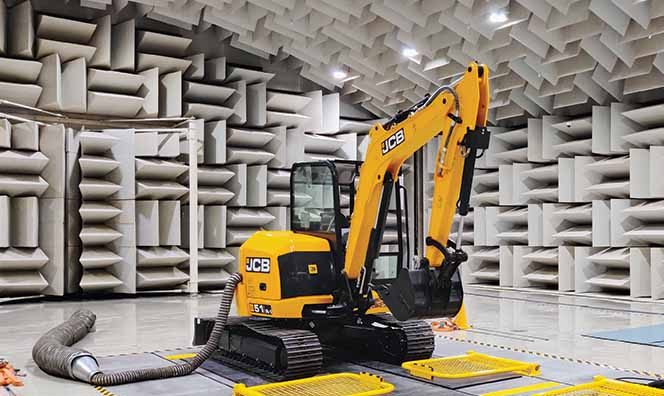

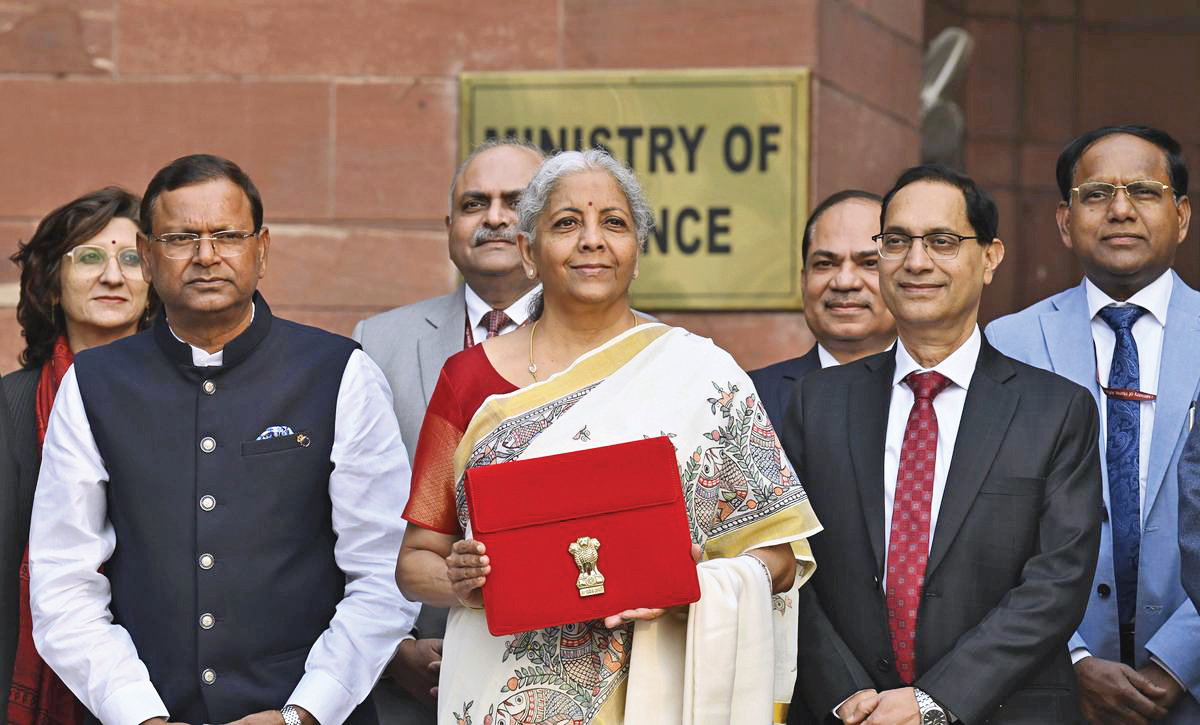
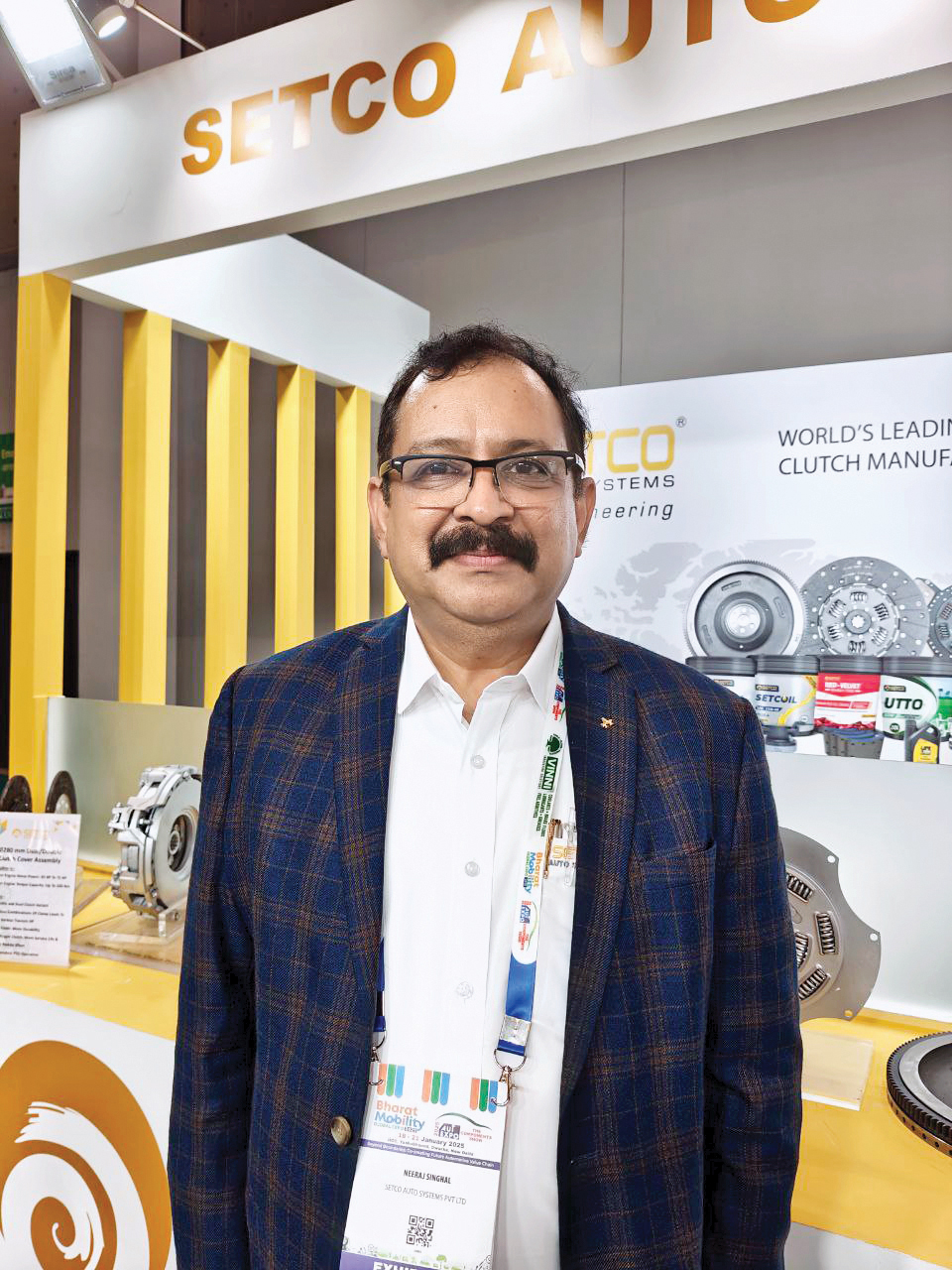
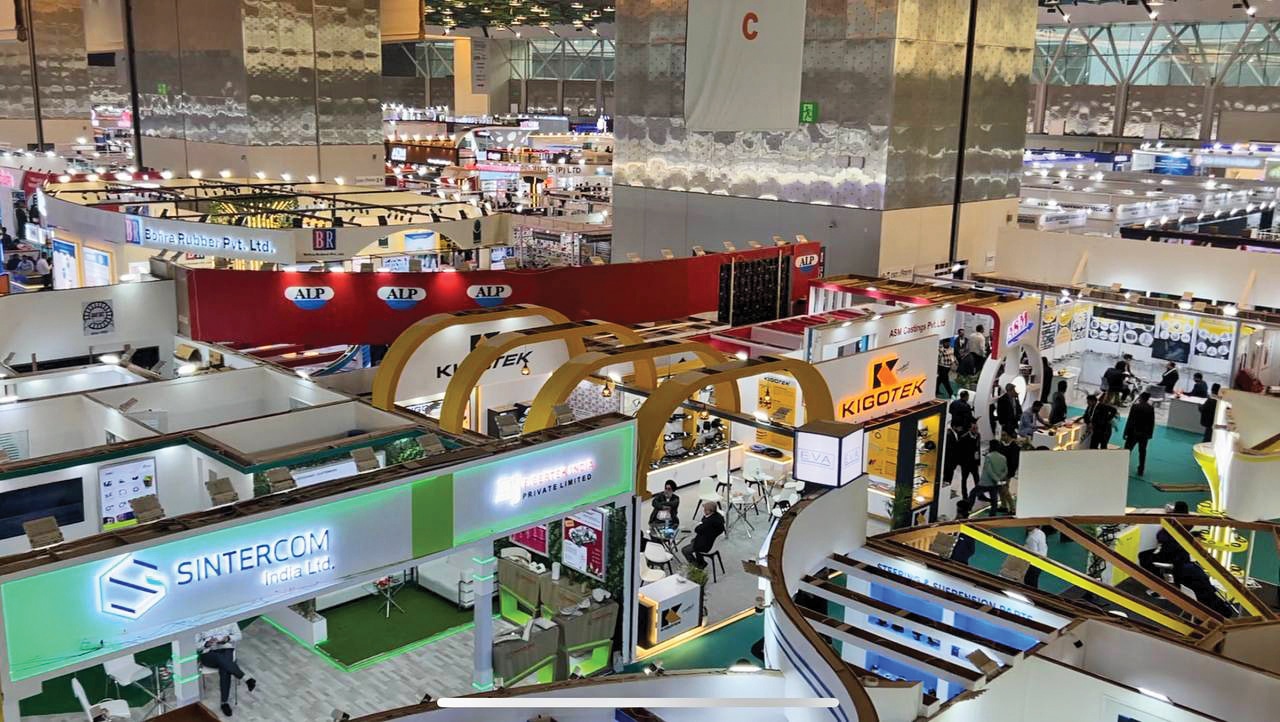

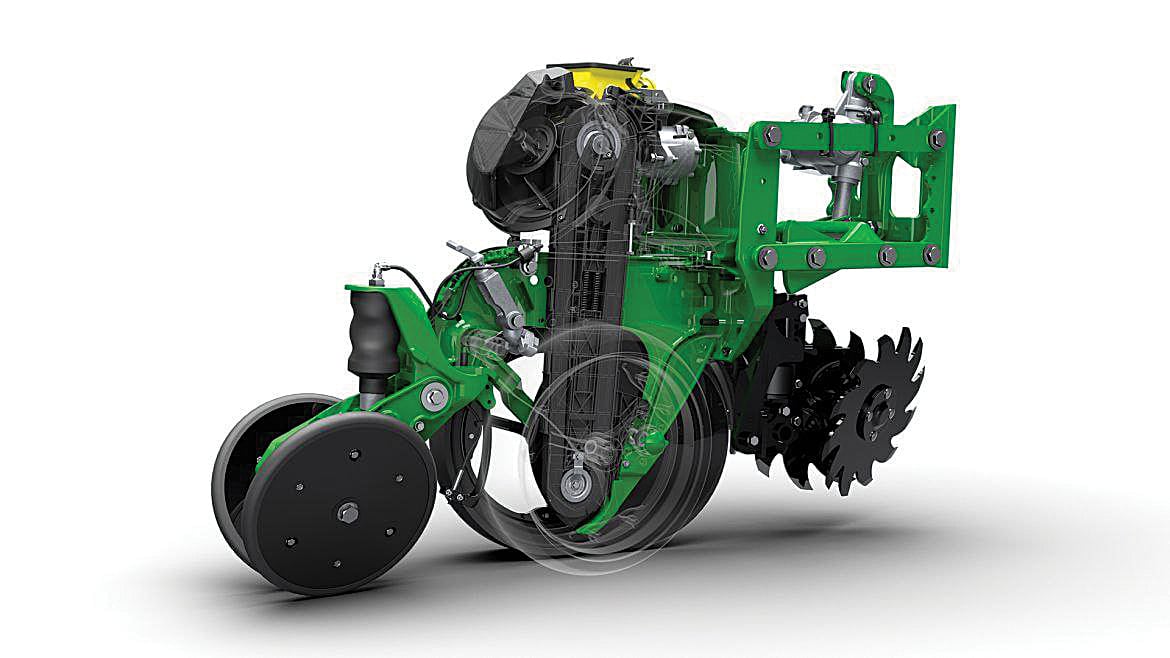
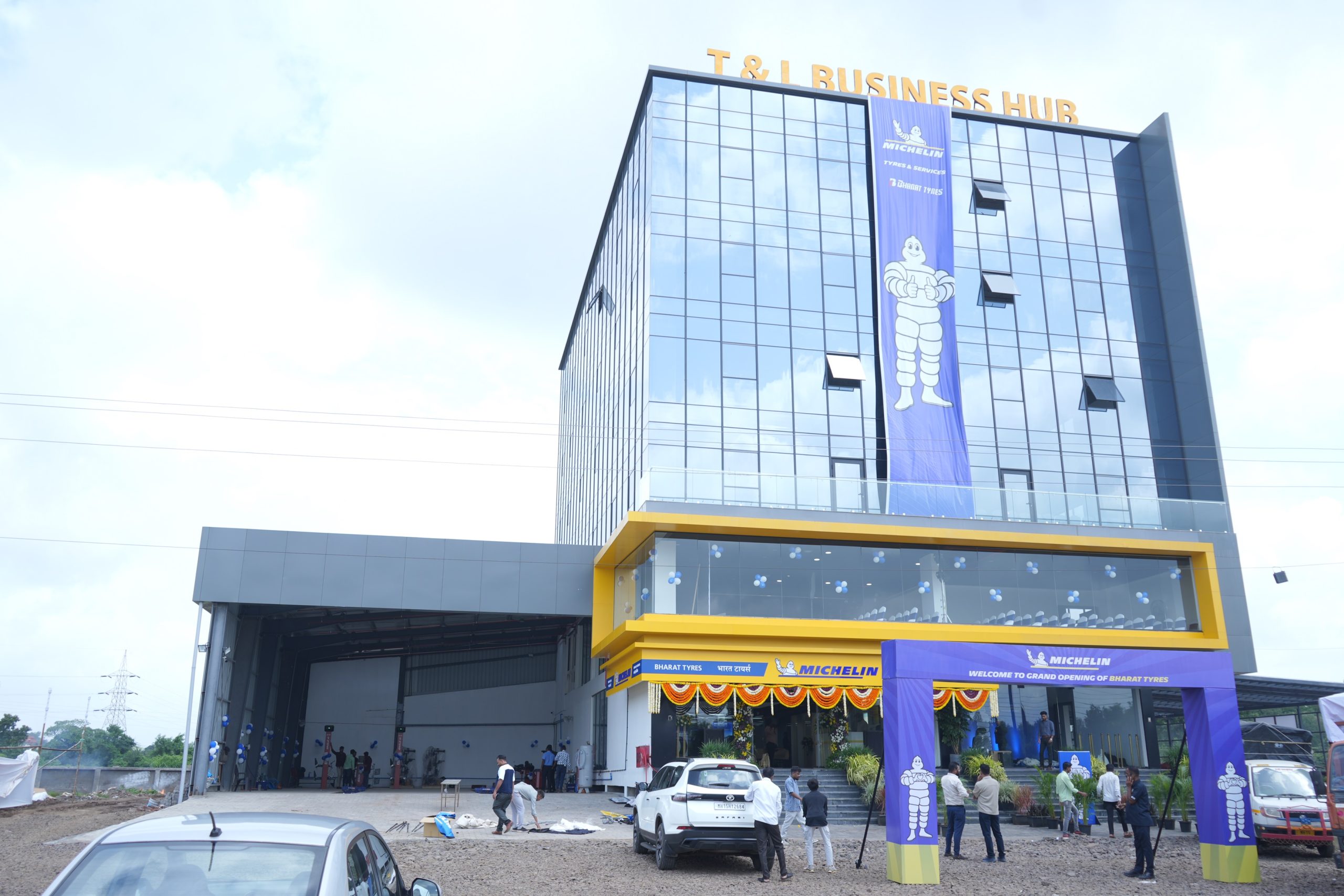

Leave a Reply